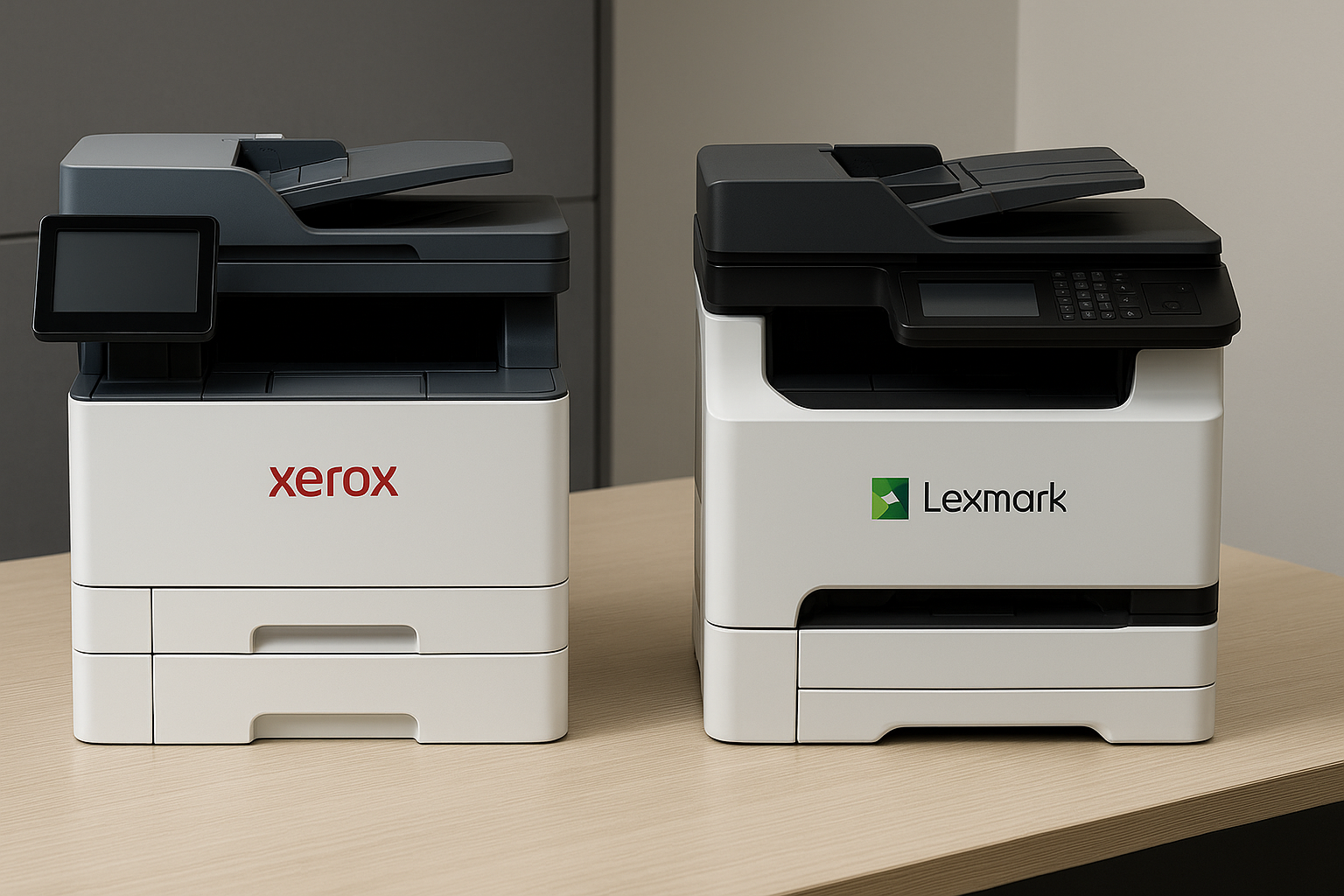
In a move that feels straight out of a different era, Xerox has officially acquired Lexmark for $1.5 billion. The deal includes net debt and assumed liabilities, and it pulls Lexmark out of the hands of Chinese ownership and into a freshly restructured Xerox. That’s a lot of money for a company best known for making machines that spit out paper.
According to Xerox, this is all part of a “Reinvention” strategy. The company now claims it will be one of the top five players in every major print category and the leader in managed print services. Bold claim. Whether it actually matters is another story.
Steve Bandrowczak, Xerox CEO, is staying on to lead the combined company. He says this will mean better service, a stronger portfolio, and profitable growth. That sounds fine on paper. But in the real world, digital workflows have been replacing print for years. At this point, doubling down on printers kind of feels like building a better fax machine.

Ledger supports Linux, is open-source where it counts, and is battle-tested. If you’re holding crypto, you should own a hardware wallet.
Lexmark’s outgoing CEO Allen Waugerman is calling this a “pivotal moment” for both companies. He’s stepping down as the ink dries on the deal. Xerox says the new leadership team will include executives from both sides, and the combined business will now support over 200,000 clients in more than 170 countries. They’ll also be running 125 manufacturing and distribution centers in 16 countries.
The merger is being financed with cash and debt. Xerox claims the deal will be accretive next year, boosting earnings and free cash flow. They’re expecting around $240 million in cost synergies within two years, which will supposedly push adjusted earnings per share up by over $1. You can read between the lines on where those savings come from.
Here’s the thing: printing is not what it used to be. Paper documents still matter in certain sectors like healthcare, finance, and government, but most people aren’t rushing out to buy new printers. The industry has been slowly shrinking, and this merger looks less like innovation and more like survival.
That said, there’s something interesting about this. Lexmark has a solid global presence and a strong managed services business. Xerox, by pulling this off, now controls a wider piece of the remaining market. It’s possible they’re setting themselves up to dominate what’s left of enterprise printing while everyone else is distracted by AI.
So is this a smart play or a desperate one? Depends on how long businesses keep using paper. Xerox is hoping there’s still life in the old print world. But it’s going to take more than just buying another printer brand to convince skeptics.


